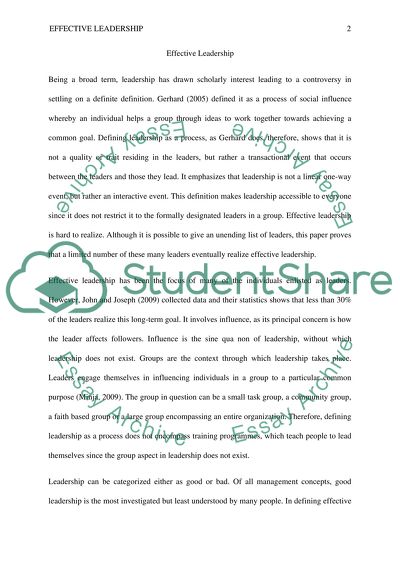Cite this document
(“Effective Leadership Research Paper Example | Topics and Well Written Essays - 1500 words”, n.d.)
Effective Leadership Research Paper Example | Topics and Well Written Essays - 1500 words. Retrieved from https://studentshare.org/miscellaneous/1589010-effective-leadership
Effective Leadership Research Paper Example | Topics and Well Written Essays - 1500 words. Retrieved from https://studentshare.org/miscellaneous/1589010-effective-leadership
(Effective Leadership Research Paper Example | Topics and Well Written Essays - 1500 Words)
Effective Leadership Research Paper Example | Topics and Well Written Essays - 1500 Words. https://studentshare.org/miscellaneous/1589010-effective-leadership.
Effective Leadership Research Paper Example | Topics and Well Written Essays - 1500 Words. https://studentshare.org/miscellaneous/1589010-effective-leadership.
“Effective Leadership Research Paper Example | Topics and Well Written Essays - 1500 Words”, n.d. https://studentshare.org/miscellaneous/1589010-effective-leadership.


